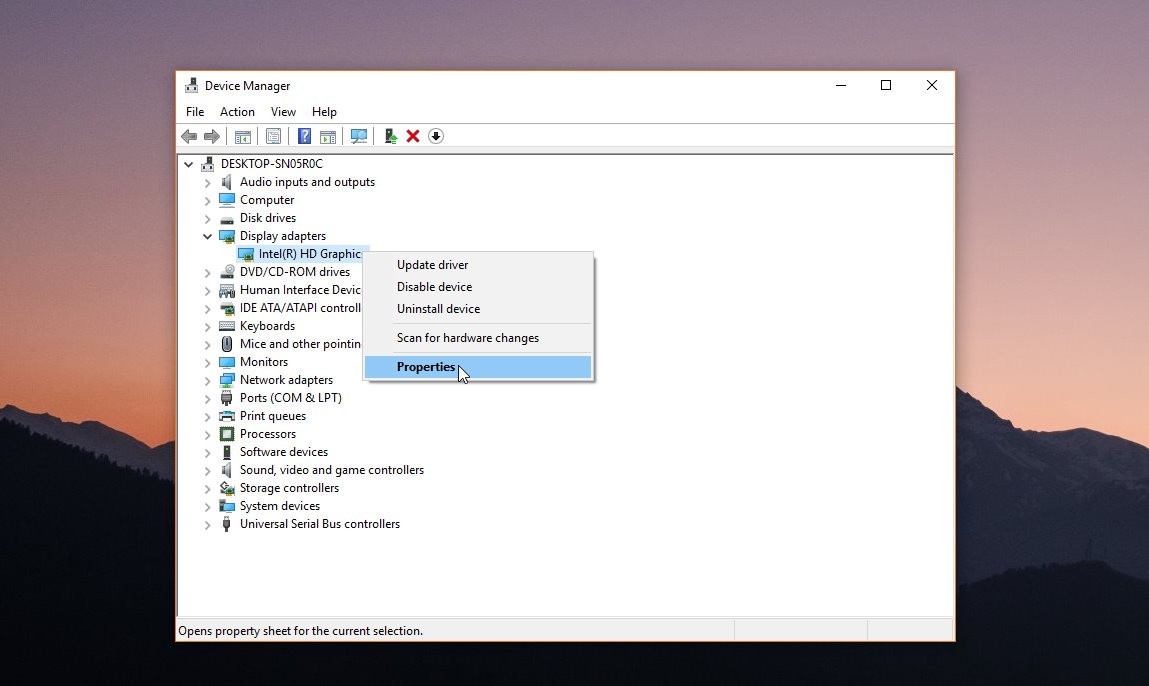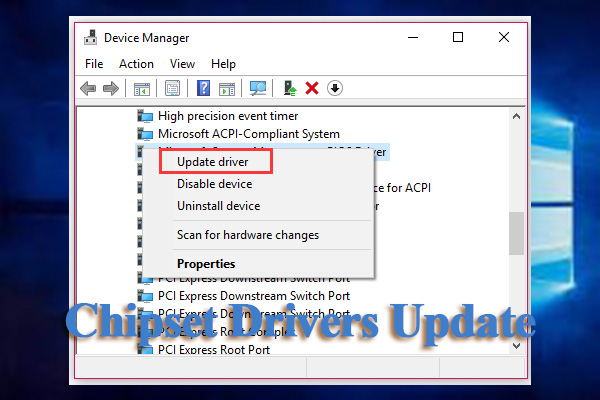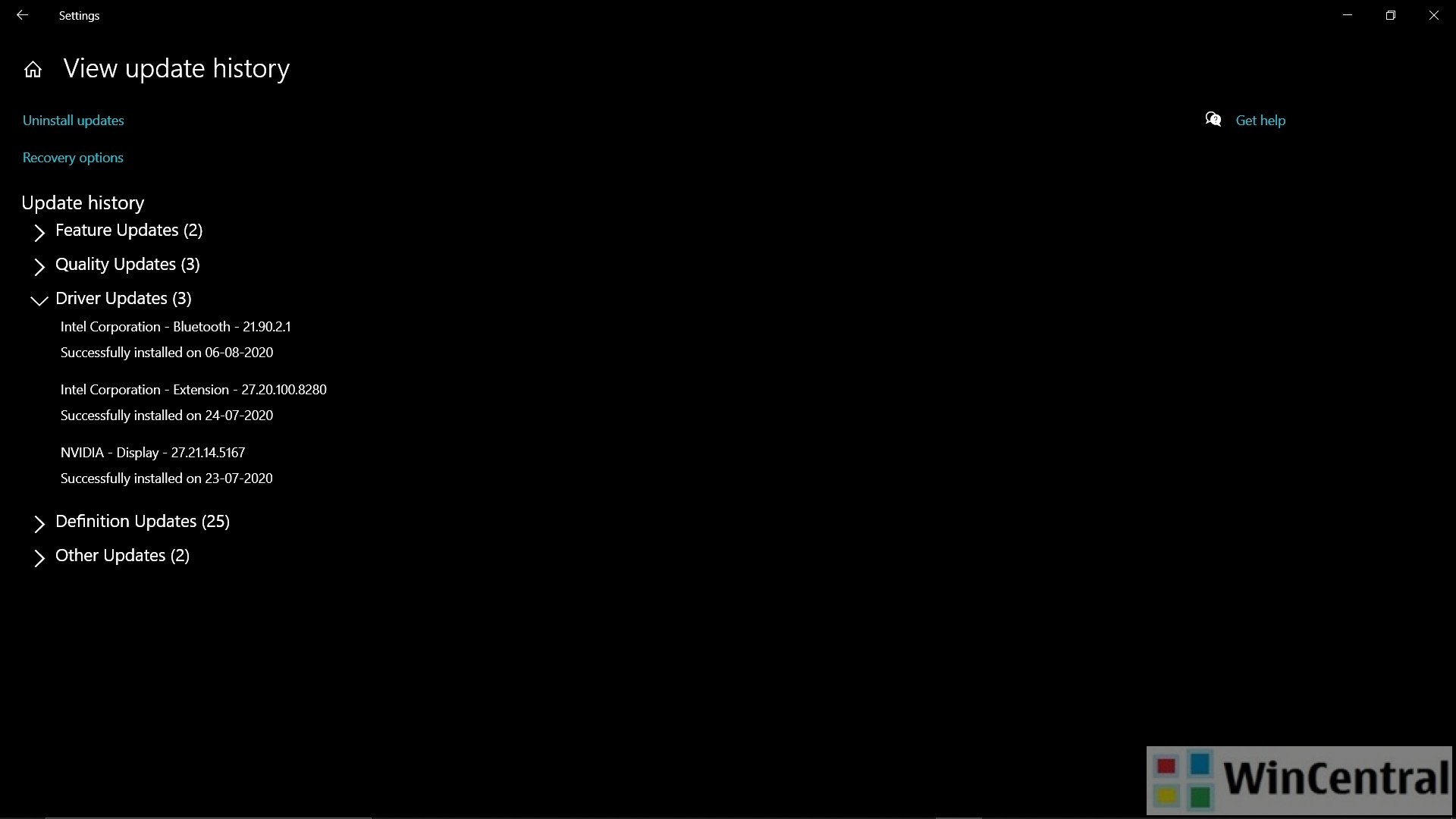
The above mentioned steps will help you manually update drivers on your system. Now click on Browse to find the location of the downloaded driver.After this, click on Browse my Computer for drive software.Now right click on any of the items listed and select Update Driver.Swipe in to the Search tab and type ‘Device Manager’ therein.To manually update drivers, you can follow the steps below: Update Outdated Drivers In Windows 10 Updates for these drivers often roll out and calls for you to react on them. Take note of this location.How to Update Outdated Drivers on Windows 10 and Older Versions Locate the downloaded file, right-click it, and extract the contents to a folder of your choosing.Download the win64_15367.zip (version 15.36.) driver package.You can look up which graphics chipset based on the model of your processor at the Intel ARK

If you have a different Intel graphics chipset, the steps below should be the same but the necessary driver files will be different.

Important Note: The driver file linked below only supports Intel HD Graphics models 4000-5200.When in doubt, contact your system manufacturer directly for guidance on driver updates. The installation process and drivers are just for Intel graphics (models HD 4000-5200) and have been tested repeatedly on the Microsoft Surface series of tablets with positive results, but only minimally tested on other systems. Please note that this process will not work on all systems. There is also a video of the process embedded below that might be helpful to watch prior to performing the installation steps. This post details the necessary steps to manually update your Intel HD Graphics drivers using Intel reference drivers on Windows 8/8.1 systems. In these cases you might need the latest driver direct from the graphics chip maker (usually Intel, AMD, or Nvidia).

Originally authored by: Gary Zeller, December 3, 2014įixing graphics driver issues sometimes requires a newer driver than is available from the system manufacturer or Windows Update.


 0 kommentar(er)
0 kommentar(er)
